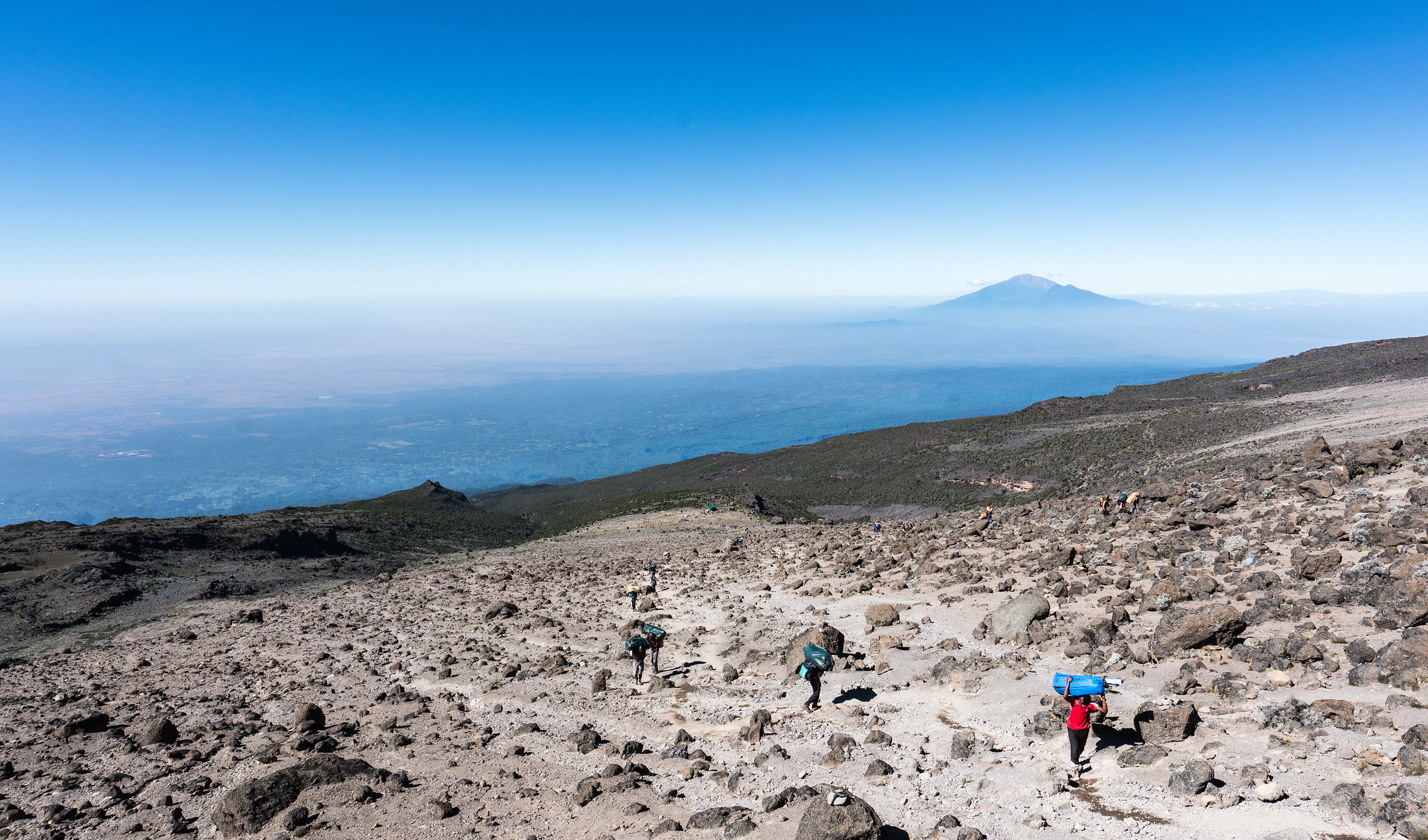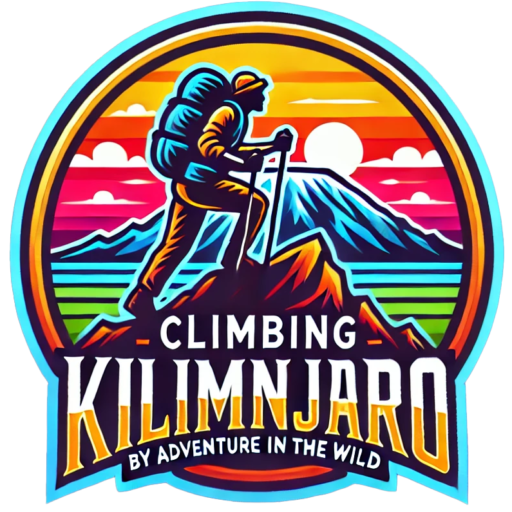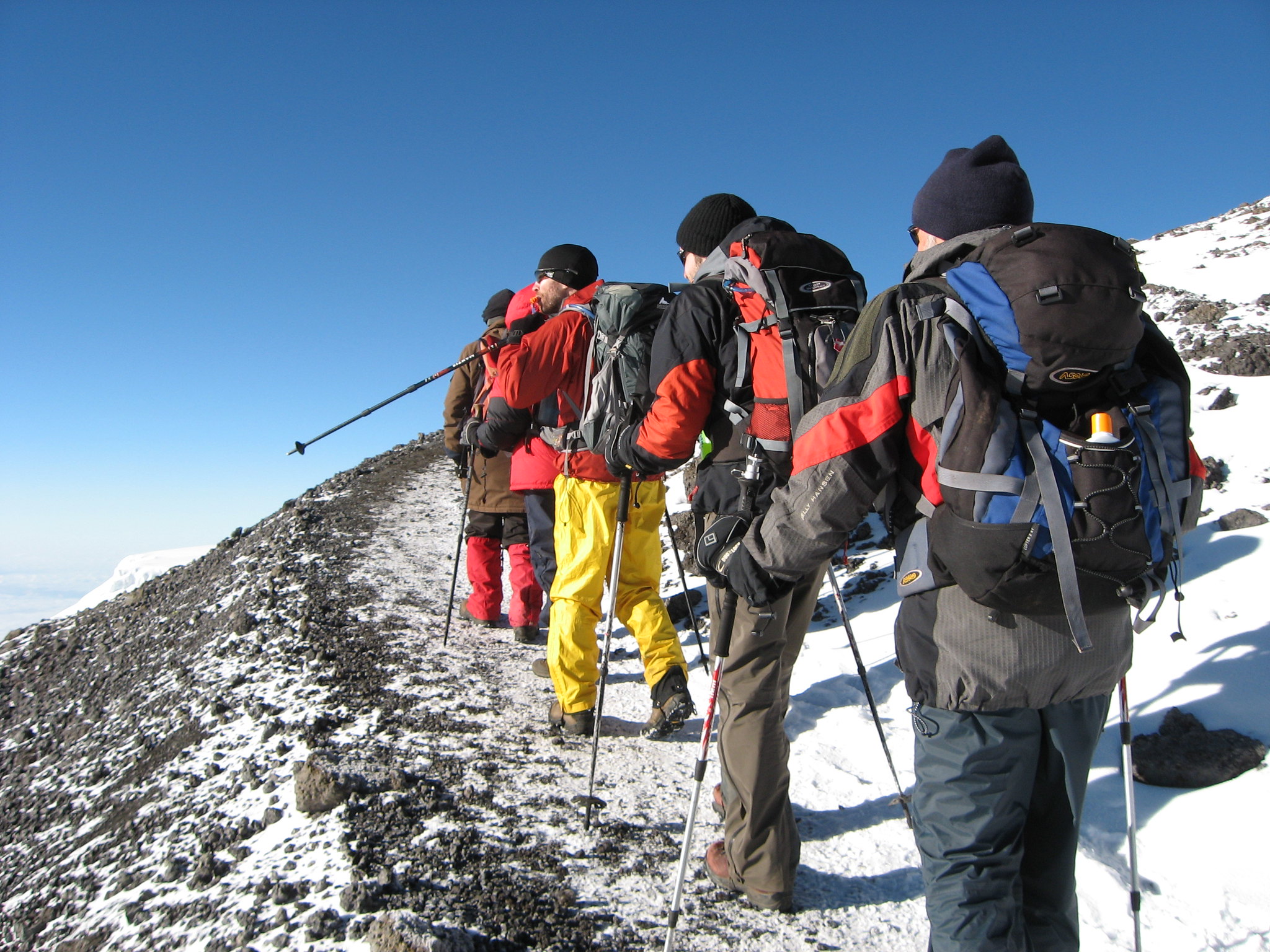11 Ways to Boost Your Hiking Endurance for Climbing Kilimanjaro
Here are 11 Ways to Boost Your Hiking Endurance for Climbing Kilimanjaro. There is a lot of work involved in climbing Mount Kilimanjaro.
Maintaining enough energy levels throughout the entire journey, particularly in the vicinity of the summit, is essential for success. Given that it happens after several days of hiking and in a hypoxic atmosphere, this is no simple task. Here are 11 suggestions for increasing your hiking stamina in preparation for the Kilimanjaro climb.

1. Do proper training
Everyone knows that training can enhance endurance, but how can we maximize our gains?
Quick workouts that fit into their schedules are what most busy folks seek. This entails brief workouts at the gym, on the track, or on the treadmill. However, studies have shown that doing low-intensity exercises for prolonged periods of time is the most effective strategy to train for endurance.
In terms of hiking endurance, we advise taking day hikes that take you out for a few hours. Get accustomed to standing up. Maintain a comfortable pace for the duration of your hike. Do not perform vigorous bursts followed by rest periods. Continually being active for a specific amount of time or distance—rather than speed—should be your aim.
2. Reduce Your Weight
Your body weight has a direct impact on how much energy you use. It takes more energy to move a larger person than a lighter one. Consequently, it takes more effort for the heavier individual to hike to the same location.
Your endurance will increase if you lose the excess weight you are carrying. The performance benefits of maintaining a healthy body weight include increased speed, improved agility, and a lower energy cost.
3. Bring Less Equipment
You can reduce your pack weight in addition to your body weight. Carrying too much equipment is one of the most frequent errors made by novice backpackers. Being ready is one thing. Carrying nonessential items can be burdensome.
Our porters will carry your equipment from camp to camp on Kilimanjaro. Between campsites, you simply need to pack what you’ll need. This scenario usually indicates that you need water, snacks, additional clothes, and accessories. It weighs about 15 pounds for most people. Carefully consider what you are carrying and get rid of anything extra.
Researchers discovered that you are six seconds slower per mile for every 1% of your body weight that is maintained in your pack. For example, if you weigh 150 pounds, you will slow down by 6 seconds each mile for every 1.5 pounds of weight in your pack. Therefore, it would take one minute longer to go a mile when wearing a 15-pound pack.
4. Put on light footwear
When shedding weight, first check what you’re standing on. Raising your shoes a few steps at a time may not seem like much work, but doing so for hours at a time is quite different.
Five pounds on your back is equivalent to one pound on your feet.
The military has tested this general hiking rule. A U.S. Army Research Institute study found that hiking requires 4.7 to 6.4 times as much energy while wearing a boot instead of a backpack. Therefore, reducing the weight of your boots or trail shoes by one pound or more on a multi-day adventure, such as climbing Mount Kilimanjaro, saves a significant amount of energy.
5. Establish a Relaxed Pace
Setting a sustainable speed is crucial when endurance is the objective. Starting too soon is easy when one is feeling energized, enthusiastic, and new. Try the reverse instead. Warm up slowly at first, then find your normal pace. The majority of hikers travel two to three miles each hour. Try to maintain the same pace throughout the day.
Hiking with frequent starts and stops is not the most effective approach to increase endurance. Your heart rate decreases when you’re at rest. The heart rate increases once more after restarting. Experts say that maintaining a mostly aerobic heart rate is the most effective way to train for endurance. Training at 60% to 80% of your maximum heart rate is what this approach entails.
The intensity range at which the body transitions from mostly using fat as fuel to predominantly using carbohydrates is known as your aerobic threshold. Long-term aerobic exercise that falls below your aerobic threshold causes muscle changes that enhance oxygen delivery to the muscles, lower the rate of lactate creation and clearance, and boost energy production and utilization. Over time, these modifications take place gradually.
The more time you spend on the trails, the easier it will be to find your ideal, sustainable hiking pace.
6. Make Use of Trekking Poles
Some individuals disapprove of trekking poles because they think these poles are only for the elderly or those with knee issues. This assumption is not accurate at all.
Using trekking poles improves your hiking efficiency. Walking lengthy distances can be taxing on the body. Your lower body bears the majority of the strain. By placing weight on your arms, trekking poles allow you to shift some of the strain to your upper body. This may not seem like much, but over time, it makes a big difference.
The advantages are particularly noticeable on hilly terrain. The poles assist in propelling the body higher on incline areas. The poles lessen the strain on your knees, ankles, and feet as you’re going downhill. Additionally, they improve balance, which lessens the strain on your stabilizer muscles and saves energy.
In summary, poles share the work by recruiting other muscles. You stay fresher for longer when you share your work.
7. Drink Enough Water
Water is necessary for basic human living, as we all know.
It is necessary for our body’s metabolic functions and accounts for 70% of our total body mass. The body just works better when you drink water. The heart beats more efficiently. The muscles function more effectively. Your endurance depends on adequate hydration and muscle function. Your body can function more efficiently and recuperate from exertion far more quickly when you drink enough water than when you don’t.
Second, remember to provide electrolytes. Sweating causes the loss of salt and minerals in addition to water. Replenishing these is essential for maintaining balance. To guarantee that your electrolyte levels stay balanced during your ascent, we advise utilizing electrolytes.
8. Consume the right Foods
Hiking causes you to burn calories. You must eat to replenish your energy. What are the best foods, though?
Let’s be clear first. When you work out, your body uses proteins, lipids, and carbs. Therefore, nothing goes to waste, including sugary drinks, high-fat snacks, and “junk foods.” But the body can use carbs to make energy faster than it can with fat or protein. A high-carb diet is therefore the most effective while climbing Kilimanjaro. It should come as no surprise that we serve our customers this precise meal on the mountain.
For the length of your ascent, you should ensure that you are eating adequate food. You may experience bloating and a decrease in appetite at altitude. However, make every effort to continue eating calories and avoid skipping meals.
9. Pay Attention to the Good
Ascending Mount Kilimanjaro will put you to the test. A high-altitude peak is difficult to climb both mentally and physically. When you start to feel exhausted, your mind becomes flooded with negative thoughts. Although these uncertainties and discouragements are normal, allowing them to control you could cause you to slow down, fall behind, and feel like giving up.
Think positively instead. Pay attention to everything that is going well. These may include: you are hydrated, you have eaten healthily, you slept for a number of hours, you are not feeling ill, you are acclimatized to the altitude, and you are not very hurt. The pleasant weather, the warm equipment, your training, your progress, the help of your friends or guides, and the entire experience are all things to be thankful for. Motivate yourself to keep going by using anything and everything.
Remember why you arrived. You are strong; tell yourself. Imagine yourself standing atop the mountain. Think of all the obstacles you have conquered in your life and feel that this mountain is no exception. Energize yourself by using your positivity.
10. Take a Break
The rest step is a method mountaineers use to climb difficult terrain. The rest step essentially enables you to take a brief break between each phase. To accomplish this, stroll at a leisurely pace and halt when your rear leg reaches its peak.
The upward and forward motion is steady and fluid with regular walking. However, there is a noticeable pause and rhythm in the movement during the rest step.
Here’s how to complete the rest phase. Lock your back leg’s knee as you move forward and upward. For a brief moment, shift all of your weight to your rear leg before moving on. The back leg essentially becomes a walking stick or improvised trekking pole. You can improve your endurance and preserve energy by using the rest step technique.
11. Trail Run
Running is one of the best aerobic exercises available today. Running is far less efficient than walking or hiking. It demands more from your body—more oxygen, more blood, and more of your muscles. Throw in some natural terrain and you’ve got quite a workout on your hands (or should we say feet?). Trail running’s constant variety increases your cardiovascular endurance and provides better strength training benefits.
If you really want to improve your hiking endurance, add in some trail running. It provides a more intense and different workout, which will help boost your hiking endurance and work different muscle groups.
As with any training, you want to ease into trail running. Trail running poses a higher risk of injury compared to hiking due to its increased impact and skill requirements. Start with easier trails, slower speeds and shorter distances.
That wraps up our list for 11 Ways to Boost Your Hiking Endurance for Climbing Kilimanjaro. If you can incorporate these tips into your preparation and your time on the mountain, you’ll have more stamina to tackle Africa’s highest peak.


















